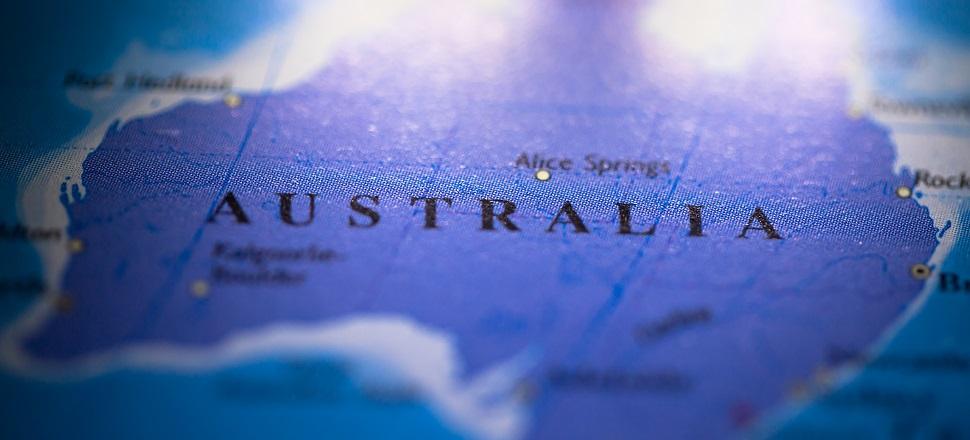Geographic inequities must be addressed by 10-Year Primary Health Care Plan
A new article in The Medical Journal of Australia has provided fresh insights into the geographical inequalities in primary care across Australia.

Data on potentially preventable hospitalisations (PPH) was used as a measure for evaluating the utilisation and/or availability of primary health care services around Australia.
PPHs comprise a nationally agreed set of 22 specific conditions selected through precise rationale. Hospitalisation is preventable through effective community-based primary health care – where it exists. Total PPHs reflect a holistic system-level indicator calculated by combining hospital admissions for all 22 agreed conditions from routinely collected data and adjusting for age differences in populations.
The authors found that total PPH rates are inequitably distributed in Australia, with the highest rates clearly visible in Statistical Areas Level 3 (SA3s) in remote and very remote regions. Notably, the 10 SA3s demonstrating the worst PPH rates each feature rates more than double the national median.
The authors called for geographical inequities in access to primary health care to be addressed by the Government’s 10-Year Primary Care Plan, with substantial new funding for primary care services in the SA3s with higher PPH rates to be prioritised.
More new research is available in The Medical Journal of Australia here.
Read new articles from Insight+ here.



